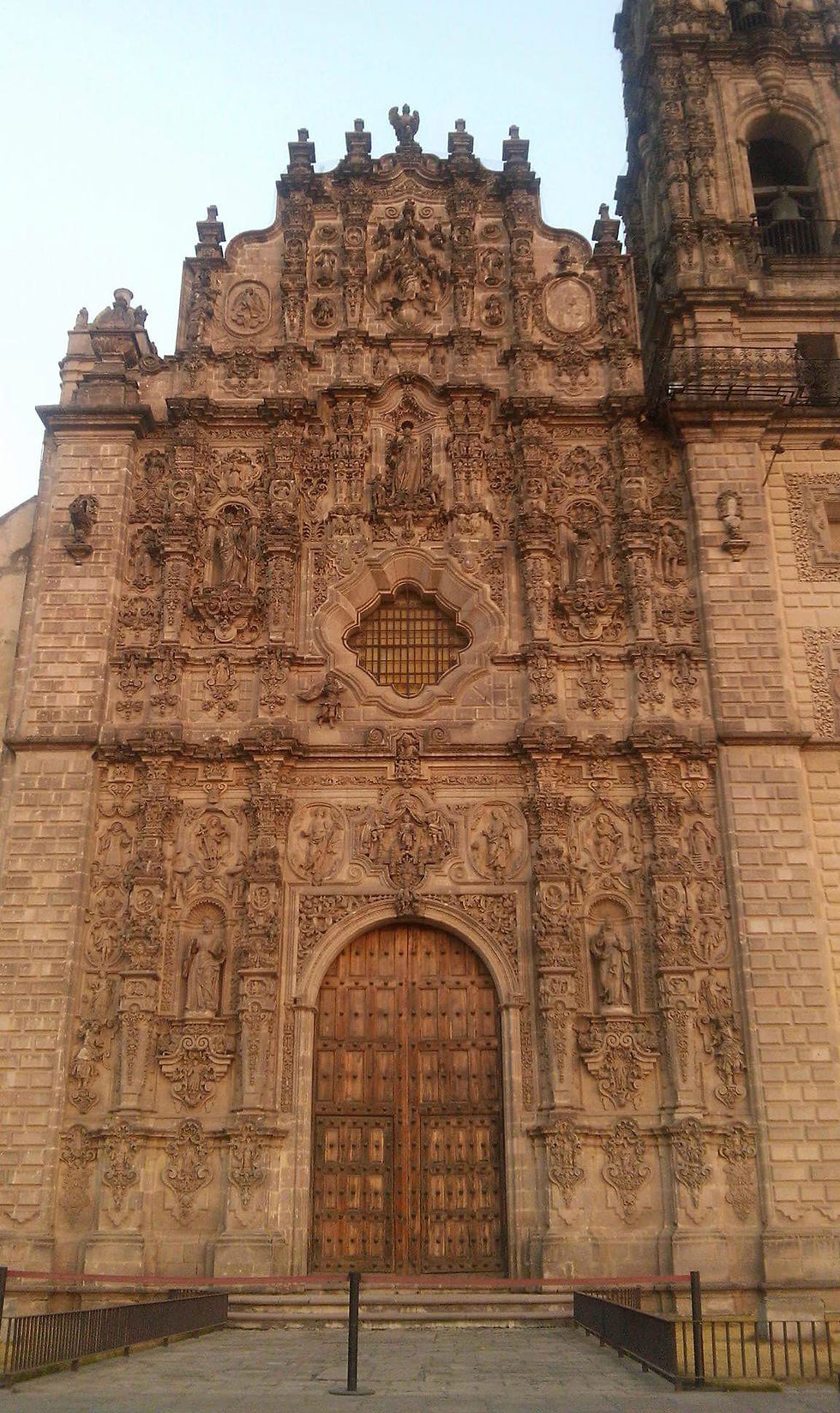The Mexican Revolution: 110 Year Anniversary
- Tracy Martinez

- Nov 15, 2020
- 2 min read

There is a historic event that is commemorated every year in Mexico in the month of November. To be more specific, this event is the Mexican Revolution. This is considered a major battle because there was a sequence of armed struggles. The revolution lasted ten years from 1910 to 1920. During this period of time, the Mexican culture and government changed a lot. The breakout started in 1910 with the unpopularity of the 31-year-long regime of Porfirio Díaz. There was a power struggle among competing elites which made possible the opportunity for agrarian insurrection.
The armed conflict started in northern Mexico and it was led by Francisco I. Madero, Pascual Orozco and Pancho Villa, with the support from part of the middle class, the peasantry and organized labor. Furthermore, Porfirio Diaz was forced out in the Treaty of Ciudad Juárez, Díaz resigned and went into exile. After that, elections were scheduled for the fall and an interim presidency happened under Francisco León de la Barra. A year passed, and it was time for new elections meaning that in 1911 in a free and fair vote Francisco I. Madero was elected, taking office in the month of November.
Moreover, the opposition to Madero’s regime arose from both the conservatives, they saw him
too weak and too liberal and revolutionary fighters saw him way too conservative. A tumultuous
period in February 1913 more known as the Ten Tragic Days, Madero and his Vice-President
Pino Suárez were forced to resign and assassinated.
Another important fact about this event is that the order or armed forces saw the evolution of
military technology, from the cavalry charges of Villa to the early use of airplane, and barbed-
wire protected machine gun nets. This conflict was primarily a civil war, foreign powers had an
important economic and strategic interests in Mexico. For example, the United States played an
important role. Back then, Mexico’s population was about 15 million and the losses were high.
There is an approximation that about 1.5 million people died and about 200,000 refugees fled
aboard, mainly to the United States.
Uniquely, this conflict is characterized as the most prominent sociopolitical event in Mexico and
one of the greatest turmoil of the 20th century. The result of this was an experiment and reform in
social organization.
In conclusion, the Mexican Revolution has a lot to learn about socially, politically, economically, and culturally.
*Presumably Agustín Víctor Casasola (1874-1938), Public domain, via Wikimedia Commons

Comments